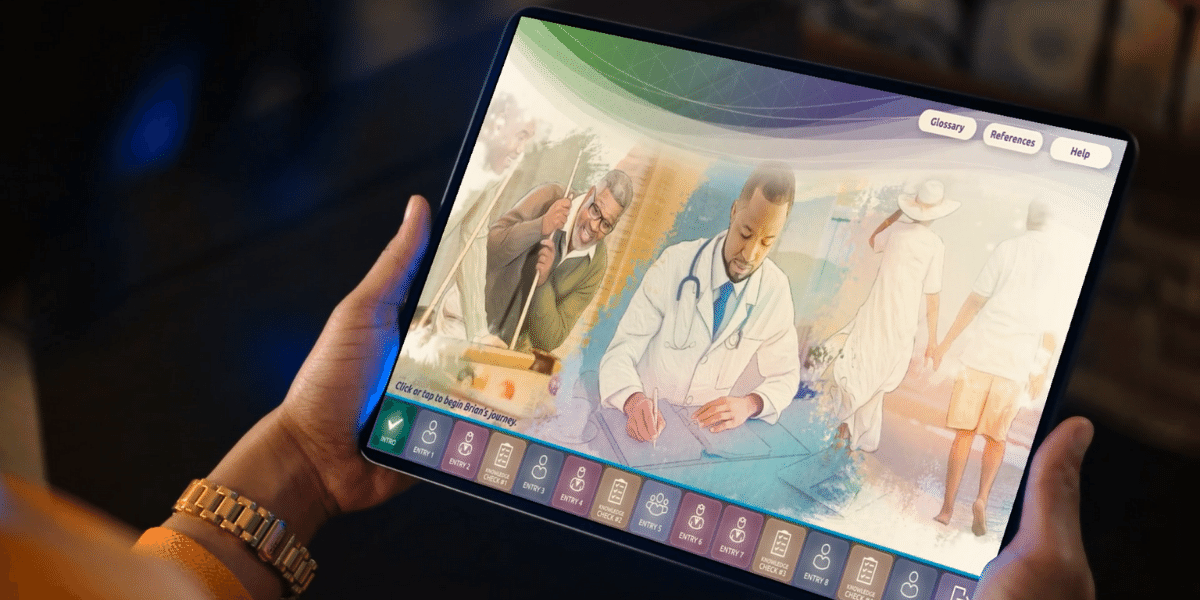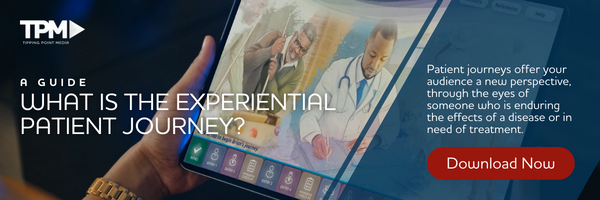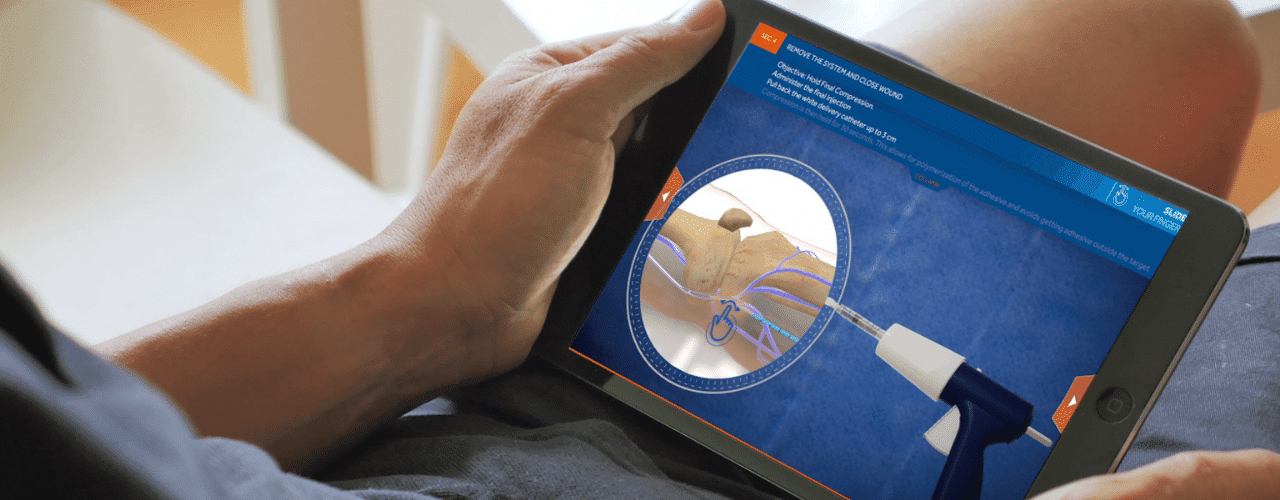According to a report by the World Health Organization, cancer is the second-highest cause of fatalities worldwide and was responsible for nearly 10 million deaths in 2020. As the Centers for Disease Control and Prevention highlights, cancer deaths are expected to significantly reduce with more access to high-quality care.
Getting a cancer diagnosis doesn’t have to be a terrifying experience for your patients. With knowledge comes understanding, and when patients understand what is happening to them, what is going to happen to them, and how to navigate their diagnosis….
As a healthcare provider, it’s your duty to make sure your patients are as comfortable as possible, but knowing how to make that happen could be a tough concept to grasp if you haven’t experienced what the patient has gone through before. Thankfully, there are now tools that can give you that experience in an environment that is fully immersive.
Tipping Point Media’s experiential patient journey is a revolutionary technology that fully simulates exactly what your patients are feeling and experiencing with their disease. What is gained and improved for cancer patients through the experiential patient journey?
Let’s take a look.
Experiencing the Patient Journey Leads to Deeper Empathy and Understanding From Caregivers
One of the biggest reasons why healthcare providers want to experience the patient journey is to experience what the patient is going through to better understand the signs and symptoms of their disease. For the most part, the average person will never understand the feeling of going through cancer. It is an abstract concept that only takes you as far as your imagination or relating experiences can take you.
The experiential patient journey from Tipping Point Media is a way to walk a mile in your patients’ shoes as they live with their diagnosis and go along the path from being sick to healthy and all of the challenges they might face along the way. Daily, mundane tasks—like getting dressed, making coffee, driving to work, and the rest of the ins and outs of a typical day—become gigantic hurdles to clear due to how weak cancer or chemotherapy has left them.
Understanding how this complicates things and how challenging things can be during this time for your patients is important, not only because it improves the level of service but also care. If you have experienced what they have, you know what to look for if things go wrong and how to help the patient navigate through some of the challenges they are going to be facing on the journey to full recovery.
Using an Experiential Patient Journey for Better Treatment Outcomes
The “patient voice” is a term used to describe the perspective of the patient, and it forms an important part of supportive cancer care. Correctly identifying what they need and when they need it can pose a significant challenge for healthcare professionals.
The main goal of using a patient journey is to gain a deeper understanding of what your patients are going through. Having empathy for your patients always leads to better outcomes and a better experience for them. Being able to understand their literal points of pain through each stage can help you as healthcare providers care for them.
Benefits of Working with an Experiential Patient Journey
The following are the main advantages of oncology patient journey mapping:
- The approach helps create an environment where the people treating the patient understand exactly what they are going through and feeling at each stage of their treatment.
- The technique helps healthcare personnel to identify gaps in care and opportunities for improvement.
- The approach provides real-world experiences that are typically only earned through years of being on the job.
- Experiential patient journeys improve communication between patients and their healthcare providers by giving the providers a window into their experience.
Conclusion
Patient journeys can transform the entire healthcare experience from reactive to proactive. Designing these journeys allows physicians to bridge gaps in care and develop a customized treatment plan tailored to meet the patient’s needs. This will, in the long run, result in improved treatment outcomes.
If you want to take your patient experience to another level, speak to one of our solutions strategists to learn more. We use our immersive and customized training solutions to bring your vision to life. Reach out to us today to learn more about the type of services we offer.



